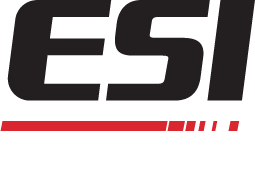How To Get Gravure Like Quality
How to Get Gravure-Like Quality
With Gravure printing the image is etched onto a metal plate or cylinder surface, and as you may expect, the final print product can be a very fine, detailed image. The Gravure process for some printing applications, however, is not as efficient, or affordable, and may not have the quick flexibility to adapt to different print run lengths, colors, and actions.
So the challenge for most printing companies comes down to creating Gravure-like quality, but through a different process. In Flexographic printing, the curing method, along with the type of ink that is used, goes a long way in determining whether or not the Gravure quality will be transferred to the product using an alternate process.
One curing method and form of ink stands out from the rest—electron beam (EB) technology and Gelflex-EB ink. Let’s examine some facts that support that claim.
First, in terms of methodology, ebeam technology can cure inks, coatings, and laminating adhesives. The direct benefits to the user are total operating costs are lowered, a superior quality end product, it is safe for food, and is not harmful to the environment.
In terms of getting Gravure-like quality through your ink, Gelflex-EB ink was engineered for visual brilliance. 180 LPI (70 LCM) results in a higher tonal value and resolution. Using Gelflex-EB ink also results in 50% less dot gain which gives you a higher contrast and brightness, as well as smooth vignettes.
Gelflex-EB ink delivers smooth ink laydown, a reduction in graininess, and higher solid ink density (SID).
When you want Gravure-like quality, electron beam technology and Gelflex-EB offer the highest physical properties for your finished printed product. Contact Energy Sciences today to learn how an Electron Beam solution and Gelflex-EB ink can immediately improve your bottom line
